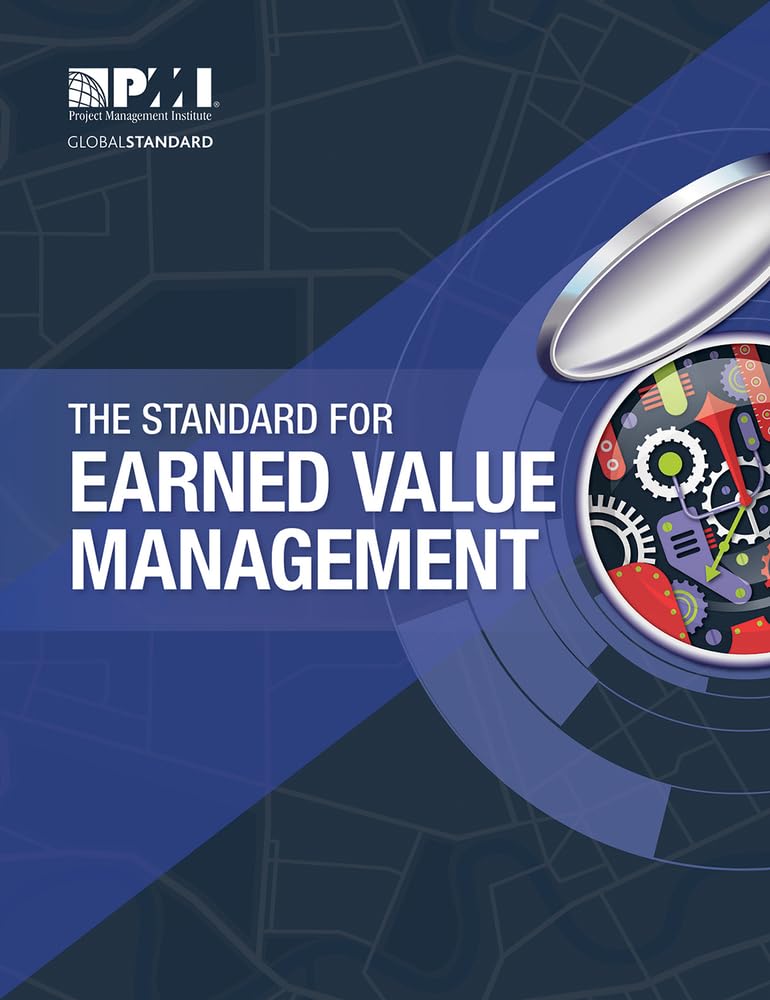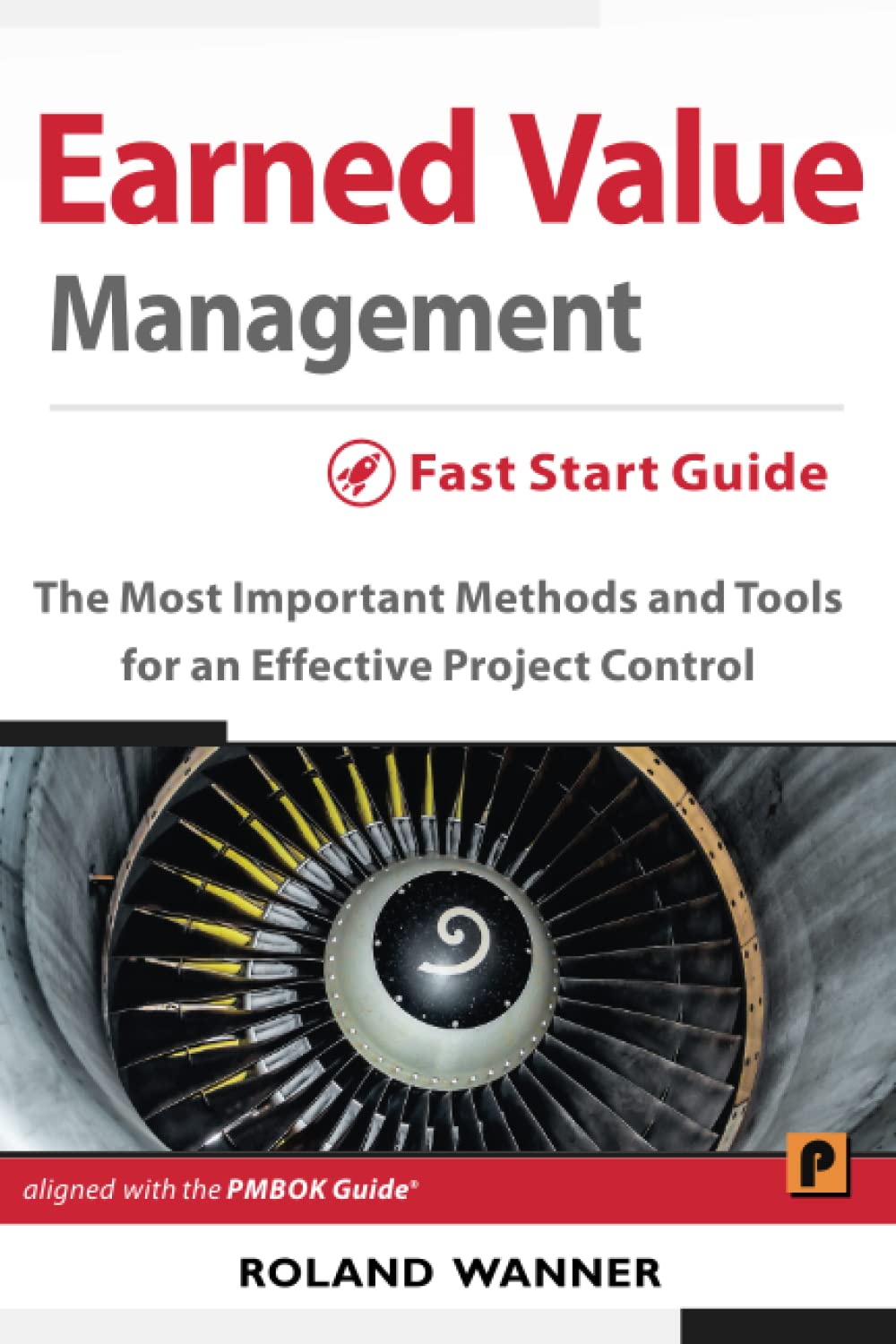
Earned Value Management
What is Earned Value Management (EVM)?
Earned Value Management (EVM) is a project performance measurement method that combines scope, time, and cost data to assess project progress and predict future performance. By comparing planned work with completed work and actual costs, this method allows project managers to track efficiency and identify problems early. It is widely used in industries such as construction, engineering, defence, and information technology to control budgets and timelines.
This technique uses three key metrics: Planned Value (PV), Earned Value (EV), and Actual Cost (AC). These figures help calculate cost and schedule variances, which show whether a project is ahead or behind schedule and over or under budget. This structured approach to performance measurement enables data-driven decisions throughout the project lifecycle.
Key Points
- It integrates cost, schedule, and scope to provide a complete picture of project performance.
- Planned Value is the authorized budget for scheduled work up to a certain point.
- Earned Value represents the portion of the budget the team has earned by completing work.
- Actual Cost refers to the amount spent on the work performed.
- It utilizes formulas such as the Cost Performance Index (CPI) and the Schedule Performance Index (SPI) to measure efficiency.
- Variances help identify early warning signs of project delays or cost overruns.
- It supports forecasting future performance using current trends.
- It requires a clear baseline and frequent updates to remain accurate and effective.
Related Terms
- The Work Breakdown Structure defines the scope of work, which is essential for calculating planned and earned value.
- A Project Baseline establishes the original plan used to measure performance with this method.
- Cost Performance Index is a key efficiency metric derived from earned and actual costs.
- The Schedule Performance Index indicates whether the team is completing work faster or slower than planned.
- Variance Analysis uses the difference between actual and planned results to guide corrective actions.
Earned Value Management: Example
A construction project has a planned budget of $100,000 over a 10-week period. At week five, $60,000 was planned to be spent (PV), $50,000 worth of work had been completed (EV), and $70,000 had been spent (AC). The project is behind schedule (EV < PV) and over budget (EV < AC). Using this analysis, the manager can take corrective steps to improve performance.
Earned Value Management: Best Practices
- Set up a detailed project baseline before tracking performance.
- Regularly update progress data to ensure accurate calculations.
- Use clear definitions of completed work to avoid misreporting.
- Train team members on terminology and metrics for consistent tracking.
- Combine performance data with qualitative insights for better decisions.
Additional Resources
Preparing for a PMI certification?
- Exam Prep Courses: PMP®, CAPM®, and PMI-ACP®
- Exam Simulators: PMP®, CAPM®, PMI-ACP®, PMI-PBA®, PMI-RMP®, PMI-SP®, PgMP®, and PfMP®
- Professional Development Units (PDUs): 15, 30, and 60 PDU Bundles




